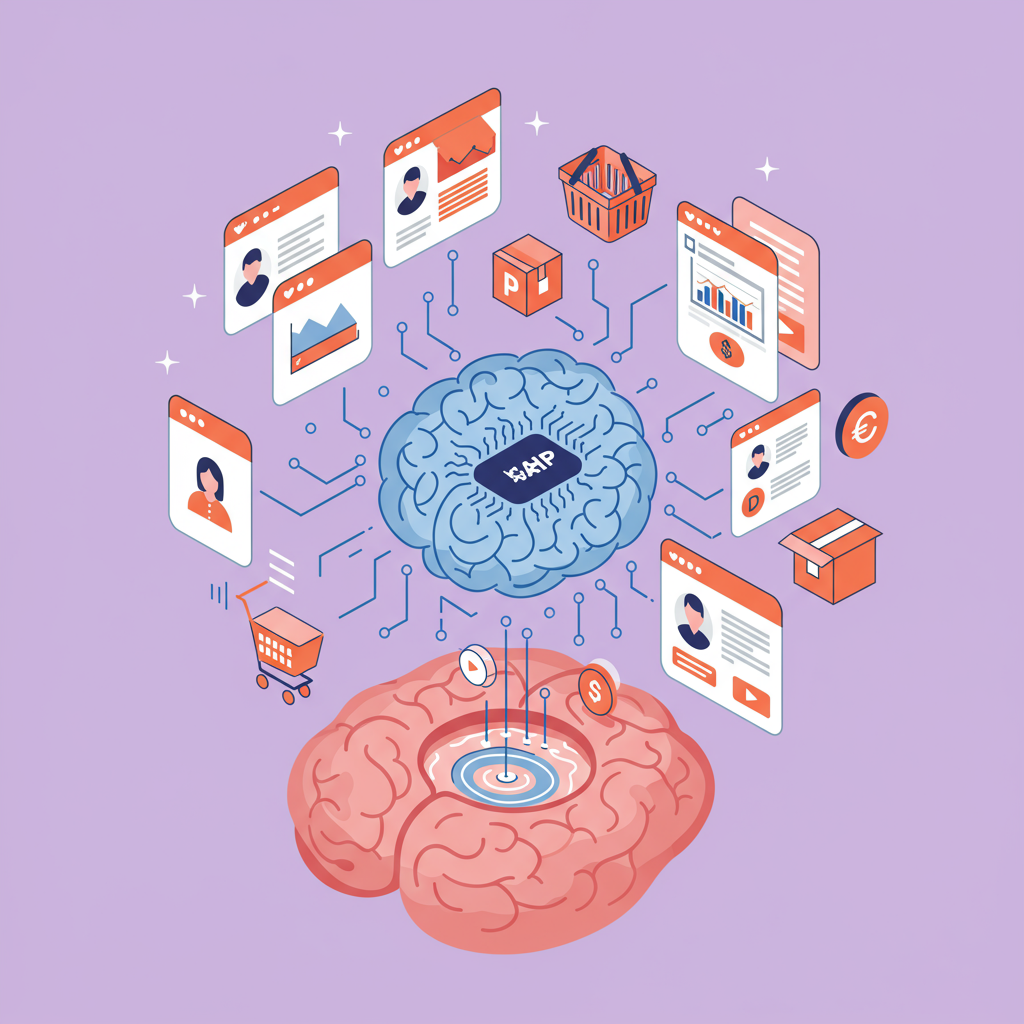Anticipate Customer Needs and Boost Sales with AI Insights
As a Shopify merchant, I’m constantly looking for ways to get ahead. The e-commerce landscape is incredibly competitive, and simply reacting to trends isn’t enough anymore. We need to be proactive, to understand our customers even before they make their next move.
This is where predictive analytics comes into play. It’s not just a buzzword; it’s a powerful tool that can transform how we run our online businesses, especially on a platform like Shopify.
For me, the idea of anticipating what my customers want, optimizing my inventory, and personalizing their shopping experience before they even click ‘add to cart’ is incredibly exciting. It feels like having a crystal ball for my business.
So, what exactly is predictive analytics? At its core, it’s about using historical data, statistical algorithms, and machine learning techniques to identify the likelihood of future outcomes based on past data.
Think of it this way: instead of just looking at what happened last month, we’re using that information to forecast what’s likely to happen next month, or even next year. This foresight is invaluable.
On Shopify, we collect a wealth of data: customer purchase history, browsing behavior, abandoned carts, product views, and so much more. This data, often sitting untapped, is the fuel for predictive analytics.
Artificial intelligence (AI) is the engine that processes this fuel. AI algorithms can spot patterns and correlations in vast datasets that would be impossible for a human to identify, turning raw data into actionable insights.
One of the most immediate benefits I’ve seen is in customer segmentation. Predictive analytics allows me to group my customers not just by demographics, but by their predicted future value, their likelihood to churn, or their interest in specific product categories.
This means I can tailor my marketing messages with incredible precision. Instead of a generic email blast, I can send highly personalized offers to segments of customers who are most likely to respond.
Personalized product recommendations are another game-changer. Based on a customer’s past purchases, browsing history, and even the behavior of similar customers, predictive models can suggest products they’re highly likely to buy.
Imagine a customer who just bought a coffee maker. Predictive analytics might suggest coffee beans, filters, or even a mug, based on what other coffee maker buyers purchased next. This significantly boosts average order value.
Inventory management is a constant headache for many of us. Overstocking ties up capital, while understocking leads to lost sales and frustrated customers. Predictive analytics can forecast demand with remarkable accuracy.
By analyzing historical sales data, seasonality, promotional impacts, and even external factors like holidays, I can predict which products will sell when, allowing me to optimize my stock levels and reduce waste.
Churn prediction is a critical area. It’s far more cost-effective to retain an existing customer than to acquire a new one. Predictive models can identify customers who are showing signs of disengagement or are at risk of not making another purchase.
Once identified, I can proactively reach out with targeted retention strategies, like exclusive discounts, personalized content, or even a simple ‘we miss you’ message, before they completely drift away.
Dynamic pricing is another powerful application. While it requires careful implementation, predictive analytics can help determine the optimal price for a product at any given time, maximizing both sales volume and profit margins.
This could involve adjusting prices based on demand fluctuations, competitor pricing, inventory levels, or even a customer’s perceived willingness to pay, all in real-time.
Optimizing marketing campaigns becomes much more efficient. Instead of guessing which channels or messages will perform best, predictive models can forecast campaign effectiveness, allowing me to allocate my marketing budget more wisely.
I can predict which customers are most likely to convert from a specific ad, or which email subject line will yield the highest open rate, leading to a much better return on investment.
Fraud detection is also enhanced. By analyzing transaction patterns and customer behavior, predictive analytics can flag suspicious activities that deviate from normal patterns, helping to prevent fraudulent orders and chargebacks.
So, how do we, as Shopify merchants, start leveraging this power? The first step is to recognize the value of the data you already have within your Shopify admin.
Shopify’s robust data collection capabilities provide the foundation. From there, you can explore various apps and integrations available in the Shopify App Store that specialize in predictive analytics, AI-driven recommendations, or advanced reporting.
It’s crucial to ensure your data is clean and accurate. ‘Garbage in, garbage out’ applies strongly here. Investing time in data hygiene will pay dividends in the accuracy of your predictions.
My advice is to start small. Pick one area, like personalized recommendations or inventory forecasting, and implement a solution. Measure the results, learn, and then expand to other areas.
The journey into predictive analytics might seem daunting, but the potential rewards for your Shopify store are immense. It’s about moving from guesswork to informed decision-making, from reacting to anticipating.
What do you think about these insights? I’m curious to hear your thoughts on how predictive analytics could transform your Shopify store.
Embracing predictive analytics isn’t just about adopting new technology; it’s about adopting a new mindset for growth. It’s about using data to build stronger relationships with your customers and a more resilient business.
For me, it’s about empowering my Shopify store to not just survive, but to thrive in an increasingly data-driven world. The future of e-commerce is proactive, and predictive analytics is our guide.
I truly believe that by harnessing the power of AI and predictive insights, we can create more personalized, efficient, and profitable online businesses on Shopify.






